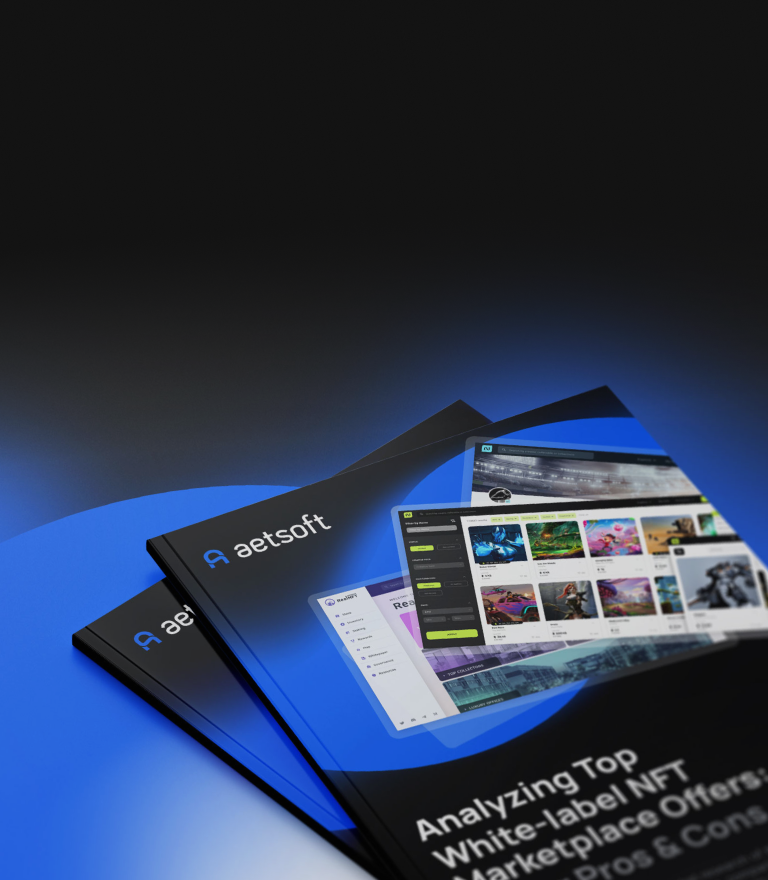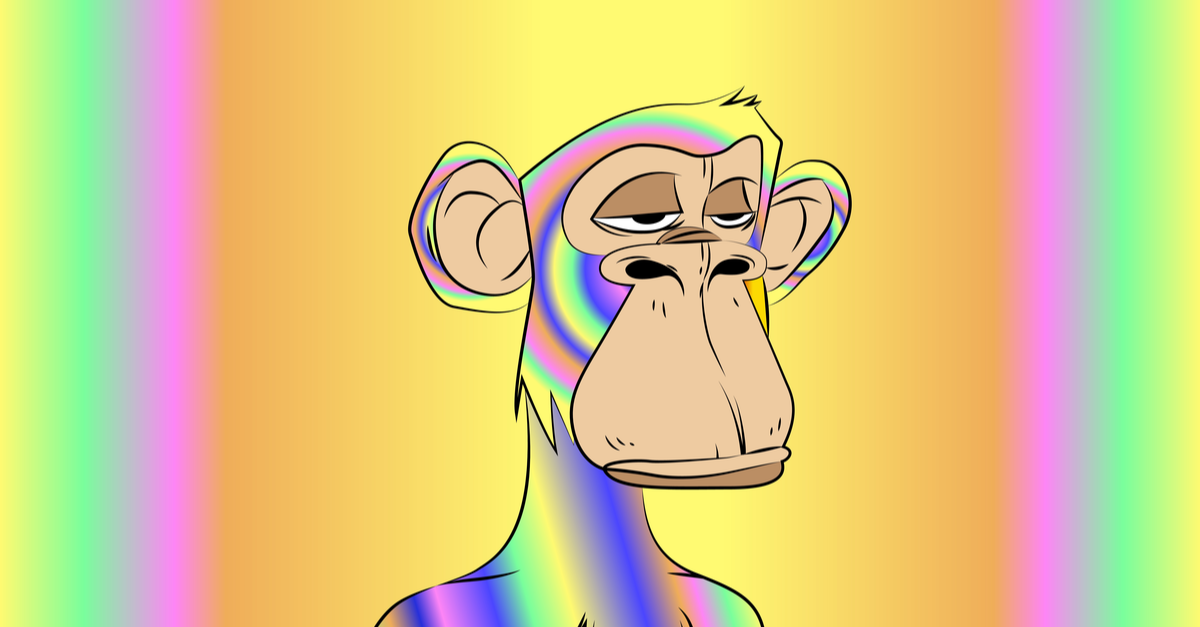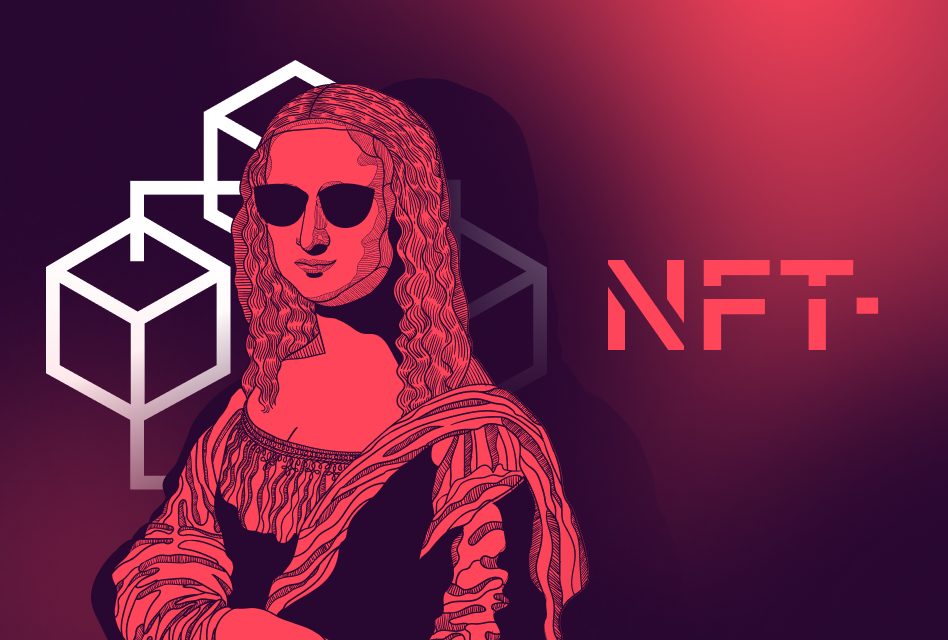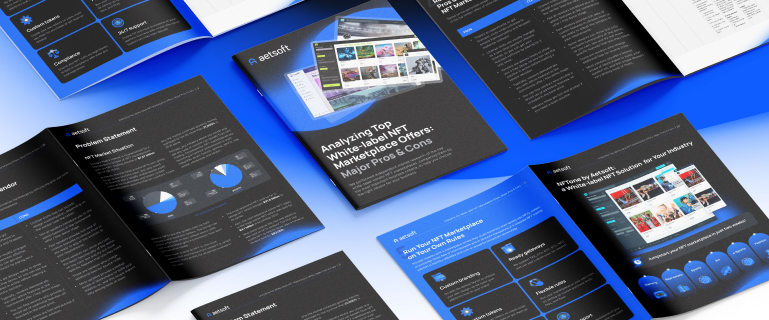People are used to thinking about NFTs as the product of the gaming industry. Indeed, decentralized games delivering delight and value to players proved themselves to be more effective than traditional video and online games where value comes in one direction.
To better conceive the idea that NFTs can be beyond in-game assets, let’s remember the main characteristics of these unique assets. In fact, we already mentioned the first one. Yes, they are unique, but besides that, they are rare, indivisible, and inherent in the core functions of blockchain: decentralization, immutability, and transparency.
If we think further, we can already imagine applications where blockchain has already found its place. And here comes the understanding that NFTs are not exclusive to the gaming industry. There are more use cases than you could think at first, and today we invite you to read about them.
NFT Use Cases for Gaming and Beyond
Gaming
There are multiple forms in which NFTs can be used in gaming, the most common of which are proof-of-ownership and transfer of digital assets. Some game developers already offer games where you can purchase, collect, and sell NFTs. Typically, these NFTs are in-game visual customizations like player outfits or weapon skins. There are also dedicated platforms like Roblox where you can purchase such customizations as NFTs.
And it takes effect; users are ready to spend even thousands of dollars on skins and outfits that in no way improve the game process itself, only change its appearance in some way. Here, skins become a form of digital art in video games, and players who buy them and later sell them may claim their ownership.
But what if one could buy and sell the whole gaming maps, or worlds other players create? Games like Minecraft make it possible. There, players have all the necessary toolset to create a unique world they want and then sell it as the NFT along with their ownership rights, if they would want it.
Art
When digital artist Beeple sold his artwork as an NFT at $69 million, from that moment, no one had doubts that NFTs are a “golden mile” for the art world. That remarkable NFT sale happened after a series of highly valuable NFT auctions. The first Beeple’s artwork series consisting of a pair of pieces were sold at $66,666.66 each. Later, Beeple earned around $3.5 million from selling his artworks.
Art is one of the most widespread use cases for NFTs since it has become the area where technology and creativity meet. Now, you can find limited editions of various artwork on the internet without much effort. Surprisingly, they are programmable digital pieces that allow for modifications. This way, with smart contracts, one can develop images in response to price fluctuations of blockchain-powered digital assets.
Also, NFTs serve as a “proof-of-authenticity” of the artwork. For example, when blockchain’s abilities are coupled with IoT, artists can place a QR code on the tag attached to their artwork and register their ownership of the piece on a blockchain. Users, in turn, can track the entire history of each piece, including its purchases and ownerships.
?NFT Jesus?
A portrait of Buddha, Jesus, and Muhammad adorning blacks robes with the crown of thorns.. From Oil into Digital Medium.
Bid in #TRX #TRON via @TronLinkWallet https://t.co/9T7XpkBVeZ
— NFTone.net (@NFTone_net) October 31, 2021
Fashion
In the same way as in the art world, fashion amateurs can effortlessly verify the ownership of accessories and items if those are presented as NFTs. Again, this can be done by scanning the QR code on price tags.
Besides the ownership history and purchasing details, users can check the origins info, meaning they can find out where the item was created and trace its path through the supply chain. Moreover, the introduction of NFTs to the fashion world promises to put an end to carbon emissions in the production of jewelry. This way, besides adding a new type of blockchain solutions for logistics, fashion NFTs protect consumers and ensure the well-being of employees.
Sports
Before blockchain and NFTs, the sports industry has long been struggling with fake tickets and merchandise. Blockchain resolves that issue without difficulties by enforcing immutability onto all linked assets. Distributed as NFTs, tickets and collectibles can’t be forged in this way.
Here, NFT opportunities for sports amateurs and fans are truly immense; once you convert a collectible asset into a non-fungible token, you can trade or exchange it for other collectibles. The collectible may be literally anything that is collected in real life: in-game iconic moments, baseball cards, autographs, player cards, and more. Successful sportsmen with huge fan bases already trade NFTs, and their tokenization value is determined by their performance and recognition!
https://youtu.be/ZCT7ZrodKxA
Domain Names
Among all the fuss around collectibles, NFTs also gave “a new birth” to domain name ownership whose standard form of control is limited in terms of oversight. Blockchain allows managing domains with private keys, which enhances the security of the former. The domain names themselves are recorded in a public blockchain registry, and the “public” term refers to blockchain’s distributed nature. Blockchain storage is immutable, meaning that recorded domain names cannot be altered in any way or deleted as the result of an outside intrusion.
And here, we might stop describing the benefits of blockchain-based domain names since they are likely to be confined by these exact ones when we talk about blockchain only if they were not stored as NFTs. The latter feature allows trading those, and the most popular ones are priced highly. Each domain name is unique in its kind, and as in the case of any collectible, you can sell or exchange it with another NFT.
Real Estate
NFTs enable selling digital real estate assets virtually. In the virtual space, there are dedicated platforms like Decentraland where you can create your own virtual home or purchase the existing ones. Thanks to NFTs, one can easily identify the original owner of the virtual estate and even trace the ownership back to the original producer.
In the same way, NFT-based real estate can be exchanged on NFT marketplaces, and the exchange process itself is more transparent than traditional real estate transactions. The ownership records of each NFT real estate are immutably written in a distributed blockchain ledger, and NFTs replace traditional deeds and titles for them.
Supply Chain
You probably know already that blockchain’s function in NFT is the “proof-of-authenticity” allowing everyone to easily identify the product, check its quality, and trace back its origins. NFTs serve the same purpose, playing a particularly urgent role in food supply chains where line managers and end-consumers need to know where the product came from and what were its storage conditions.
NFTs are fake-proof and allow tracing the good’s entire path through the supply chain. Regarding storage conditions, those can be traced in real-time, if blockchain is connected to IoT sensors. Checking the quality and uniqueness of goods in the supply chain if widely applicable among luxury materials. NFTs can also effectively serve such industries as automotive, indicating information about each component of a particular product. They can also prove a good use in industries that track the usage of recyclables.
NFTs are the Future
As the hype around NFT grows, crypto investors are now becoming NFT collectors. As we said, gaming is only one of the NFT applications, though the most popular one. Based on the infographic on Gemini, in 2021, weekly NFT sales surpassed the level of 2020 only during the first three months of the current year. This hints that blockchain use cases may become even more versatile in the time to come, and there will be more examples per use case.





